Via Francigena in France by bicycle
Are you looking for a reliable GPX track to follow the Via Francigena in France by bicycle? Then you’ve come to the right place!
United Kingdom | France | Switzerland | Italy

The Via Francigena is the second-most travelled pilgrimage itinerary in Europe, after the Camino de Santiago. The route starts at Canterbury Cathedral in the UK and makes its way through France and Switzerland towards Italy, with end destinations in Rome and Santa Maria di Leuca.
Total length: 3.200 km from Canterbury to Santa Maria di Leuca
4 Countries involved: United Kingdom, France, Switzerland, Italy
Total legs: 150 (2 in the UK, 47 in France, 11 in Switzerland, and 90 in Italy (45 to Rome and another 45 to Santa Maria di Leuca)
Departure: Canterbury, UK
Arrival: Santa Maria di Leuca, Italy (although Rome is the most common arrival point)
The modern day itinerary is losely based on the travel diary of archbishop Sigeric the Serious. In the year 990 Sigeric walked from Canterbury to Rome to receive his pallium from the Pope. On his way back he kept track of the places where he stopped along the way.
Since 2019 the Via Francigena in Southern Italy, which goes from Rome to Santa Maria di Leuca, has become part of the official itinerary. Pilgrims in the Middle Ages would walk along the ancient Via Appia and Via Traiana on their way to the Holy Land, Jerusalem.
The map below shows a generic overview of the entire Via Francigena route, from Canterbury all the way to Rome and on to Santa Maria di Leuca. This GPX track may not show the exact route to be followed, but is meant as a general guideline when planning your walking or cycling adventure along the Via Francigena.
For more detailed information and updated GPX tracks of the single stages of the route, we recommend that you visit the official Via Francigena website:
Via Francigena itinerary on foot
Via Francigena itinerary by bicycle
If you plan to travel the Via Francigena by bicycle and are looking for information and GPX tracks to follow in France, this article gives you some options of routes to follow by bike. Unfortunately no official cycling itinerary is available yet.
If the bicycle is your preferred way of transport, you can follow the “CicloVia Francigena”. This itinerary for cyclists follows as much as possible the route for walkers, with alternative roads when the pedestrian itinerary goes into forests.
For now, there is only an official cycling route and GPX track for the Swiss part of the Via Francigena and for the Italian part until Rome. You can find the itineraries of these routes on the official Via Francigena website.
For the French part of the route, we suggest you check out this article which offers two itinerary options for the Via Francigena by bicycle in France.
If instead you are planning to cycle your way from Rome to Santa Maria di Leuca along the Via Francigena in Southern Italy, for the first part of the route we suggest you check out this GPX track that goes from Rome to Sessa Aurunca. Soon we’ll also be adding a GPX track for the remaining part until Santa Maria di Leuca.
Because the Via Francigena is an international route, crossing 4 different countries, you can expect a variety of signposting along the way.
In the UK most signs will (also) indicate the North Downs Way, because the Via Francigena basically follows the same trail towards Dover.
In France you will be following the GR145 route. GR stands for Grand Randonnée, the French national hiking network. These trails are managed by the FFR, which stands for Fédération française de la randonnée pédestre.
In Switzerland you will be following Route 70, signs of which are often accompanied by the words “Via Francigena”.
Upon arrival in Italy, you will find a wide variety of different kinds signposting all along the route. In Italy signposting is organised at a regional level and not at a national level like in France. Therefore signs can look very different between one Italian region and another. But no worries, in general the Italian stretch from the Great St. Bernard Pass to Rome is well-signed and the variety and creativity along the route can also be a welcome change of “scenery”.
The Via Francigena Pilgrim Passport, also know as the Credential, is the travel document that pilgrims have with them during the entire journey.
You can find Credentials issued by various different institutions, but we recommend you buy the official one issued by the European Association of the Via Francigena. Their Credential also gives you access to discounts along the route, as well as discounts offered by their partners such as FlixBus and Trenitalia.
There are basically two ways to get your Via Francigena Credential: either you buy it online and have it delivered at home, or you visit one of the many distribution points along the way.
👉🏻 Click here for an overview of the distribution points along the way
👉🏻 Click here to buy your credential online
The Testimonium is a certificate that testifies the completion of a pilgrimage to Rome. It is the counterpart of the “Compostela”, the certificate of completion of the Camino de Santiago.
For pilgrims along the Via Francigena, it is also possible to obtain a testimonium in Rome, Brindisi, and Santa Maria di Leuca.
The Testimonium in Rome is not given to everyone: to be eligibile you need to have travelled at least the final 100km to Rome on foot, or 200km if you’re cycling. The stamps in your Credential will testify this.
Testimonia in Rome are given inside the security barriers at St. Peter’s Basilica, at the pilgrims’ reception point. To reach the pilgrims’ reception point, you can skip the long security line by utilizing the designated access route known as the “Percorso Preghiera” (Prayer Route). This pathway is located on the right side of the Basilica and is marked by distinctive yellow signs. Then head to the “Coat Check” area to the right of the steps leading into the basilica. This is where you’ll receive your testimonium.
The reception point operates daily from 7:30 am to 6:30 pm. On Wednesdays, when a Papal Audience takes place in the Square, the hours are from 1:00 pm to 6:30 pm. Furthermore, a Pilgrim’s Mass is held every day at 6:00 pm at the Altar of the Cathedra.
For communications and reservations you can contact the appropriate office:
The development of the modern Via Francigena started in Italy, with the region of Tuscany as frontrunner. When travelling along the Via Francigena in the UK, France, Switzerland and along the stretch from Rome to Santa Maria di Leuce, please be aware that it may sometimes be challenging to find proper pilgrim accommodations.
If you have already walked the Camino de Santiago and are currently planning your trip along the Via Francigena, you’ll probably find that accommodations are in general more expensive here. One of the main reasons for this is that, as opposed to the Camino, the Via Francigena unfortunately cannot count on continuous regional and national funding, meaning that most hostels and other accommodations solely survive by hosting pilgrims and other visitors. This naturally means their prices are higher.
At this very moment, there are only two Via Francigena stages in the UK: the first one goes from Canterbury to Shepherdswell and the second one goes from Shepherdswell to Dover, from where pilgrims usually continue by ferry to the mainland. In the near future the UK stages of the Via Francigena will increase when the route of the Francigena Brittanica, which is currently being developed by the Confraternity of Pilgrims to Rome, will be officially approved. The Francigena Brittanica will connect the city of London to Canterbury, allowing pilgrims to start walking directly from there, following for most part the itinerary of the North Downs Way.
There are pilgrims who choose to walk both UK stages in one day, which however can be a bit long for a first day on the road (we’re talking about approximately 31 km, which is almost 19 miles). A good reason to walk both stages in one day would be the lack of (pilgrim) accommodations in Shepherdswell, which is only a very small town. On booking.com some accommodations can be found in the surrounding area, but some pilgrims also simply decide to take a train back to Canterbury, sleep there one more night, and take the train early in the morning the next day back to Shepherdswell to continue the walk.
Accommodations in Canterbury: YHA Canterbury Hostel | Kipps Backpackers Hostel | Canterbury Cathedral Lodge
Accommodations in Dover: Dover Castle Hostel | Nr. 7 Priory Guest House
As we have mentioned before, the development of the Via Francigena in France is a bit behind on Switzerland and Italy but in recent years interest in the pilgrimage route is ever increasing, leading also to an increase in accommodations along the route. It may however still be challenging to find (pilgrim) accommodation at the end of some of the stages.
We recommend the following steps in your search for accommodation along the Via Francigena in France:
➡️ Download our PDF with accommodations in France. A little warning: some information may not be updated. This list is purely meant to provide some extra accommodation options.
➡️ Check the accommodation list of the European Association of the Via Francigena.
➡️ Check the Gîtes de France website to see if there are any nearby gîtes.
➡️ Try your luck on booking.com
Without a doubt, and without any real surprise, Switzerland is the most expensive part of the Via Francigena. This however doesn’t mean it’s not possible to find pilgrim accommodations here. There are several accommodations in monasteries and abbeys available along the route, and some affordable bed&breadfasts as well.
We recommend you check the accommodation list of the European Association of the Via Francigena, and of course make sure to sleep at the Great St. Bernard Hospice when you arrive at the top of the Great St. Bernard Pass!
Because Italy is the most developed part of the entire Via Francigena, this is where you’ll find more diverse options when it comes to accommodation. If you’re looking for pilgrim accommodations, some keywords to keep in mind are:
Besides these low-cost options for pilgrims, along the Via Francigena in Italy you’ll also find a wide range of other accommodations, such as B&Bs, hotels, apartments, etc.
The European Association of the Via Francigena keeps a list of affiliated accommodations on their website, but be aware that this list does not include all available accommodations. Sometimes a search on booking.com, airbnb, or simply Google can provide other feasible options for you.
Along the Via Francigena in Italy we recommend to keep a look out for bars with the tavola calda sign outside or in the window. This means that for lunch they also serve hot meals. These often abundant and cheap plates of food, usually pasta, are known to be simple, fast served, and very tasty.
If you are looking for other low cost options to eat out, make sure to choose a Trattoria over an Osteria or Ristorante if you have multiple options. Trattorie are usually family-run, and they serve local specialties in often abundant portions for affordable prices.
In bigger Italian cities you may find pubs or bars that serve a rich aperitivo or apericena. This is basically an all-you-can-eat buffet served roughly between 7 and 9 pm, for the cost of one beverage.
Many say that the best seasons to travel along the Via Francigena are spring and autumn. While we tend to agree when it comes to the Italian part of the itinerary, things are a bit different north of the Alps.
Weather conditions fluctuate all year long on the English, French, and Swiss part of the route. Even in summer! If this stretch is part of your itinerary, make sure to pack clothes for cold, warm, rainy, and sunny weather because anything can happen!
Also: keep in mind that the Great St. Bernard Pass, the highest point of the Via Francigena at 2.469m above sea level, will be accessible without snow boots only from early June until the end of September. Crossing the Pass in winter on the other hand will require more preparation.
The Italian part of the route is a bit different, considering the mediterranean climate on the peninsula. Summers can be incredibly hot here, which of course can be potentially dangerous for those who are not prepared. When walking in Italy during summer, make sure to bring a light-coloured hat, enough water to drink, and enough snacks to keep your energy levels up. You’ll find that an early morning start will make your days a lot easier, allowing you time for many little breaks along the way.
There are several series of guidebooks that cover the Via Francigena, either on foot or by bicycle. Here is a list of the most used volumes:
Walking the Via Francigena Part 1: Canterbury to Lausanne
Walking the Via Francigena part 2: Lausanne and the Great St. Bernard Pass to Lucca
Walking the Via Francigena Part 3: Lucca to Rome
The Via Francigena: 1.000 kilometres on foot from the Gran San Bernardo to Rome
The Via Francigena in Southern Italy: 930 km on foot across Lazio, Campania, Basilicata and Apulia
Via Francigena: Canterbury to The Great Saint Bernard Pass
Via Francigena: The Great Saint Bernard Pass to Saint Peter’s Square
The European Association of the Via Francigena has developed the Via Francigena APP, a useful (and free!) tool to help you find your way whenever signposting isn’t available.
The APP is available both for Android as well as iPhone devices. You can download the APP from Google Play or the App Store.
There are several companies offering luggage transport along the Via Francigena, however not the entire itinerary is covered by this service. Usually only the most popular stretches have this service, and the price per bag often depends on how many bags are being transported that day. Since the number of travellers along the Via Francigena is much lower compared to those on the Camino de Santiago, prepare yourself for higher prices.
Companies that offer luggage transport include SloWays and Bags Free.
For more information about the Via Francigena you can visit the website of the European Association of the Via Francigena.

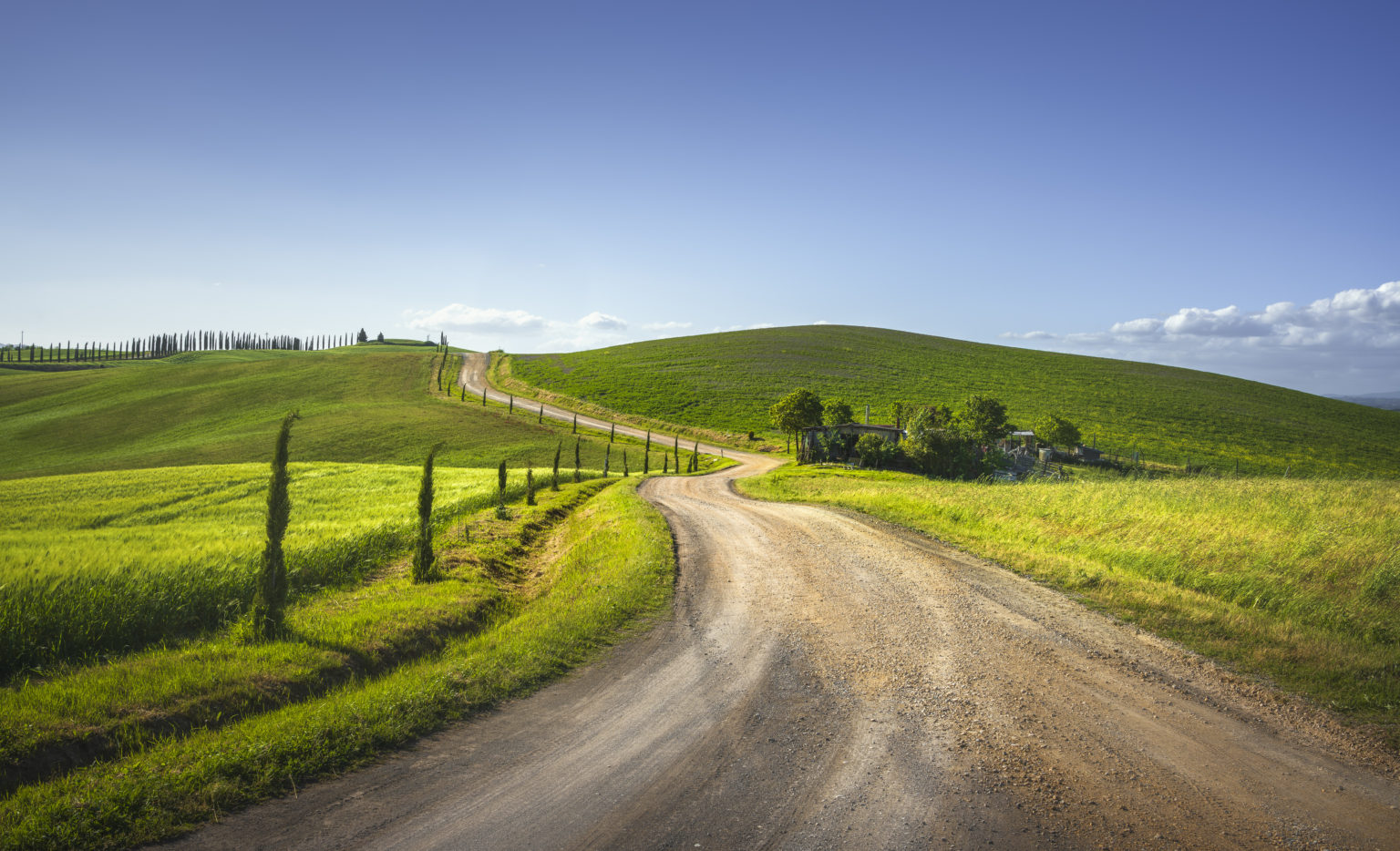
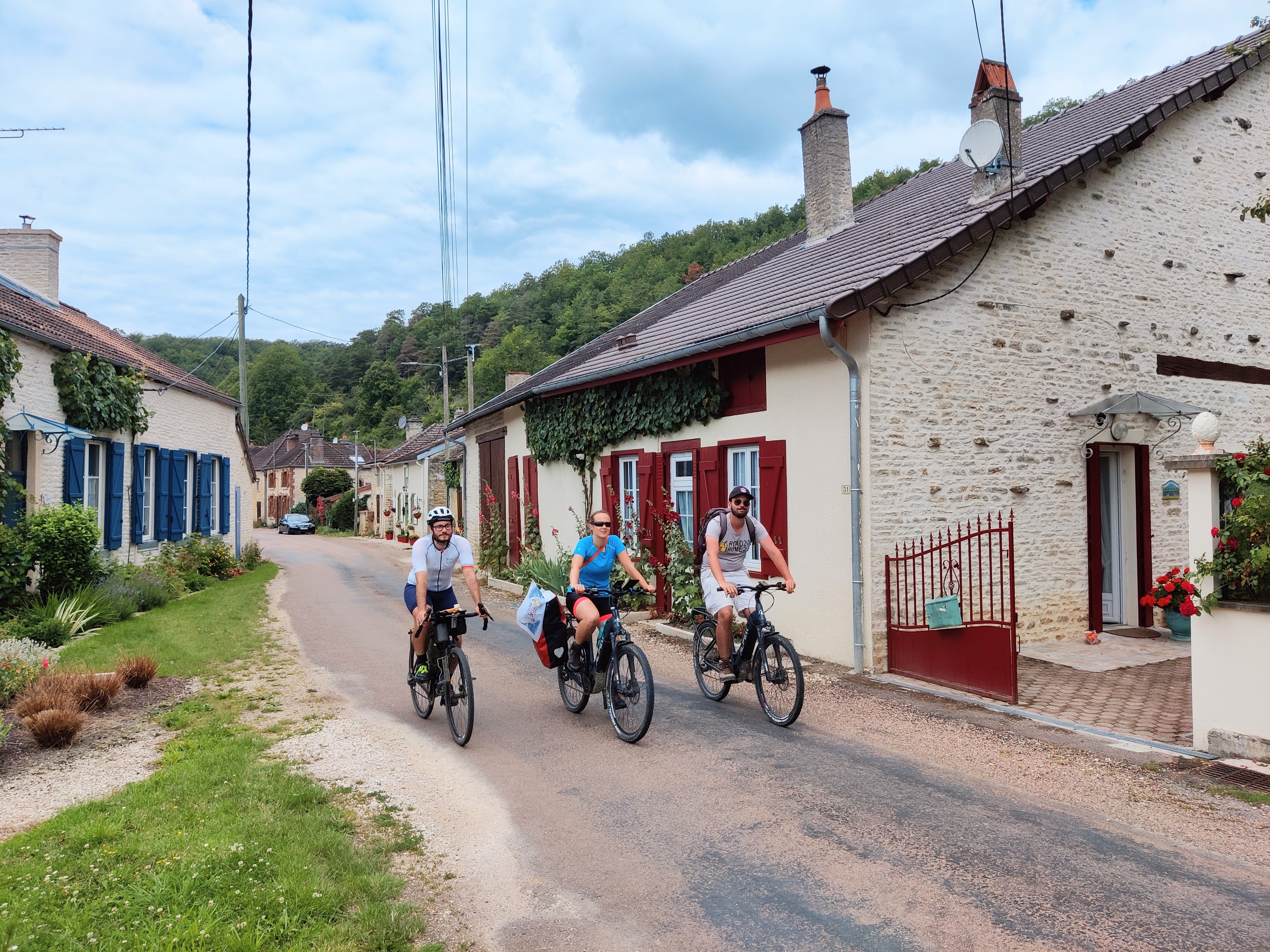
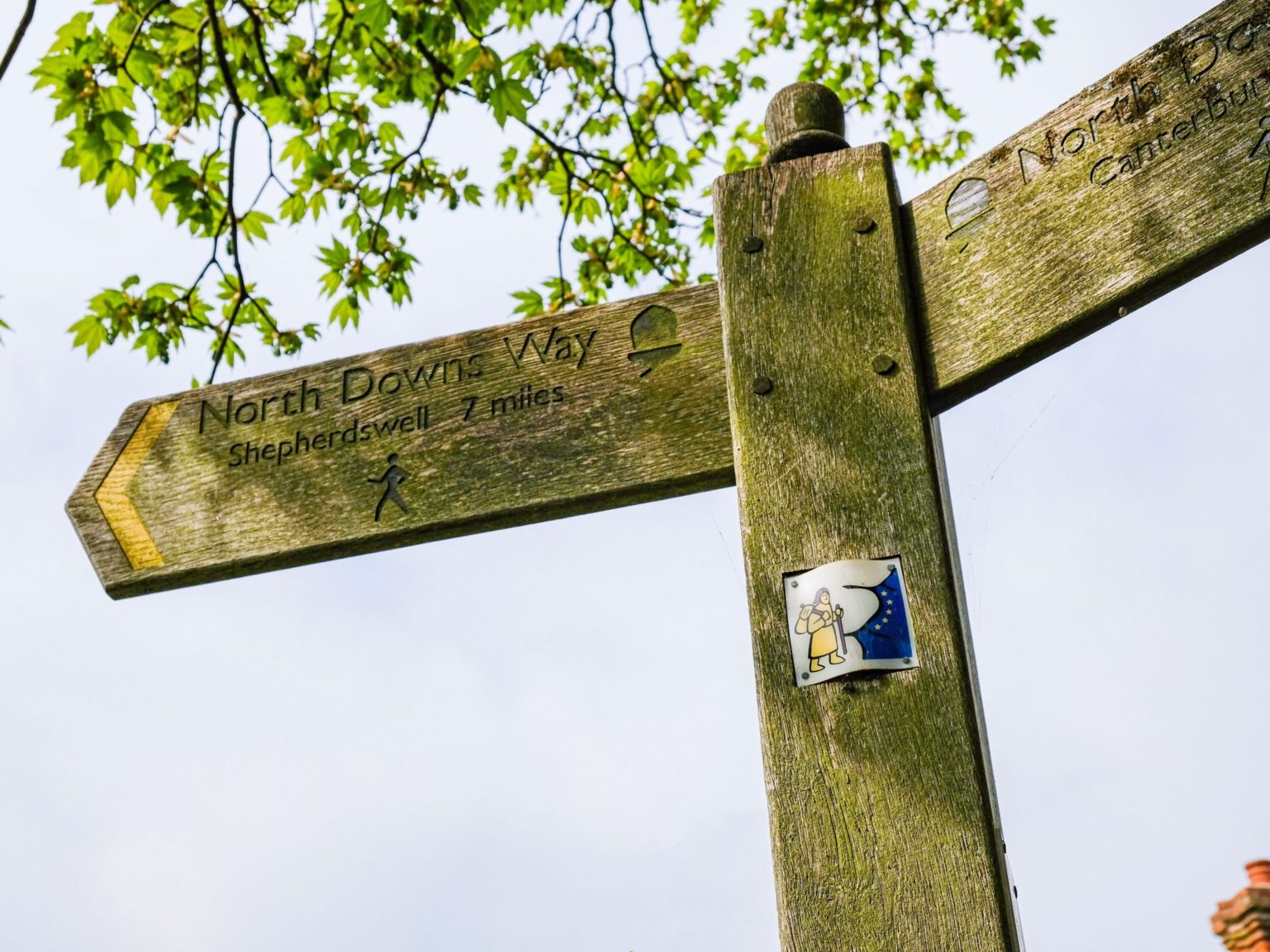
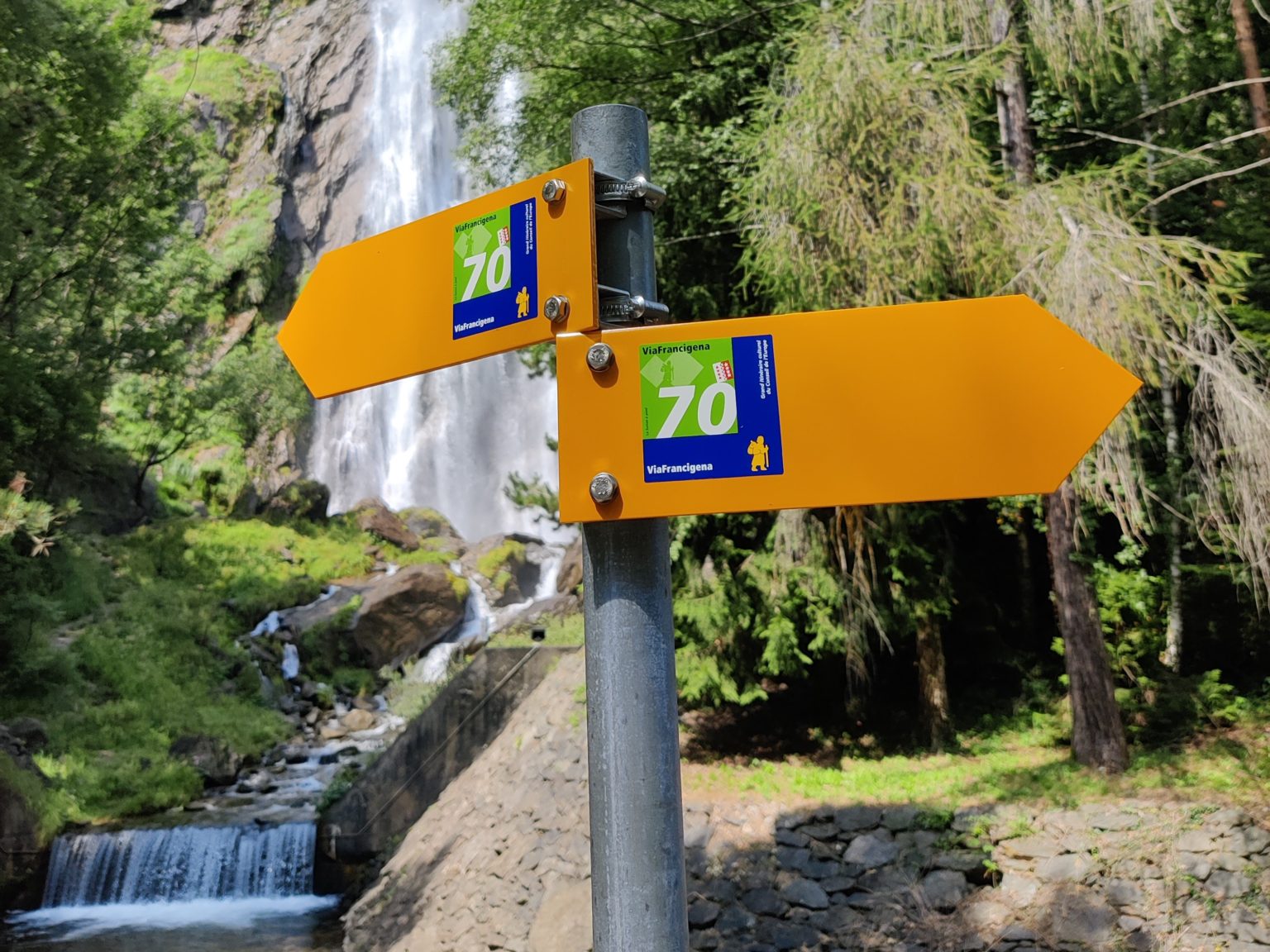
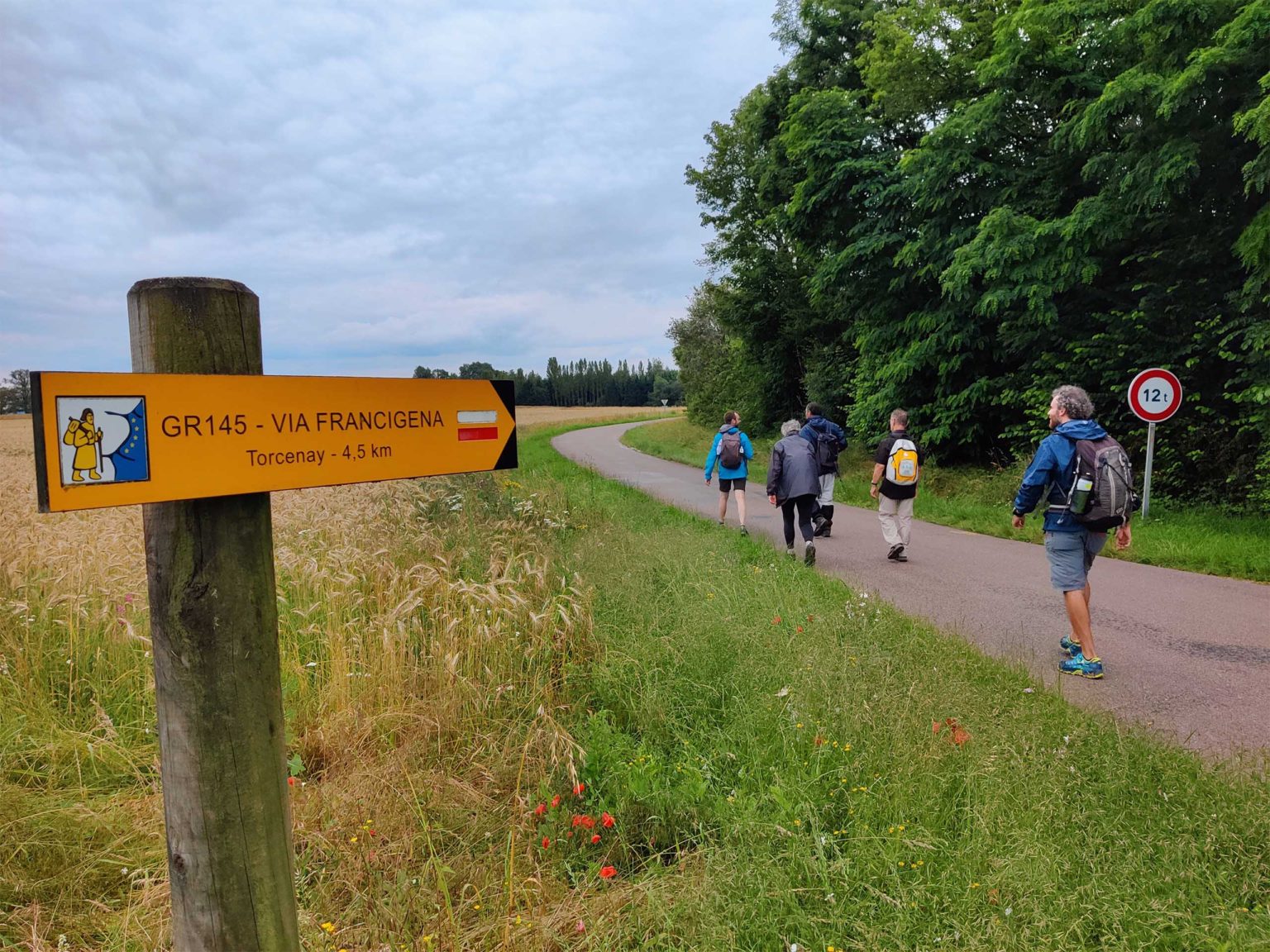

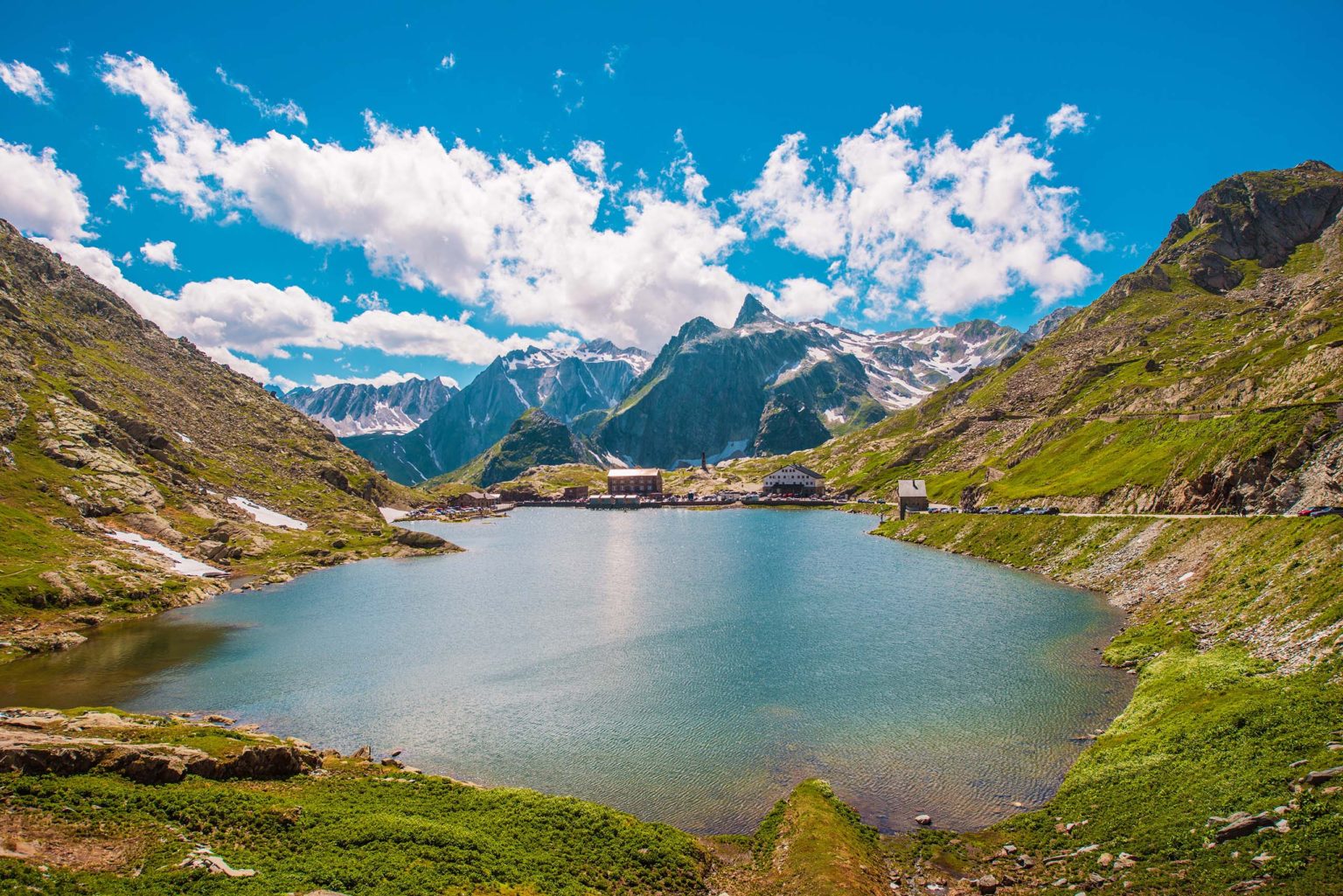
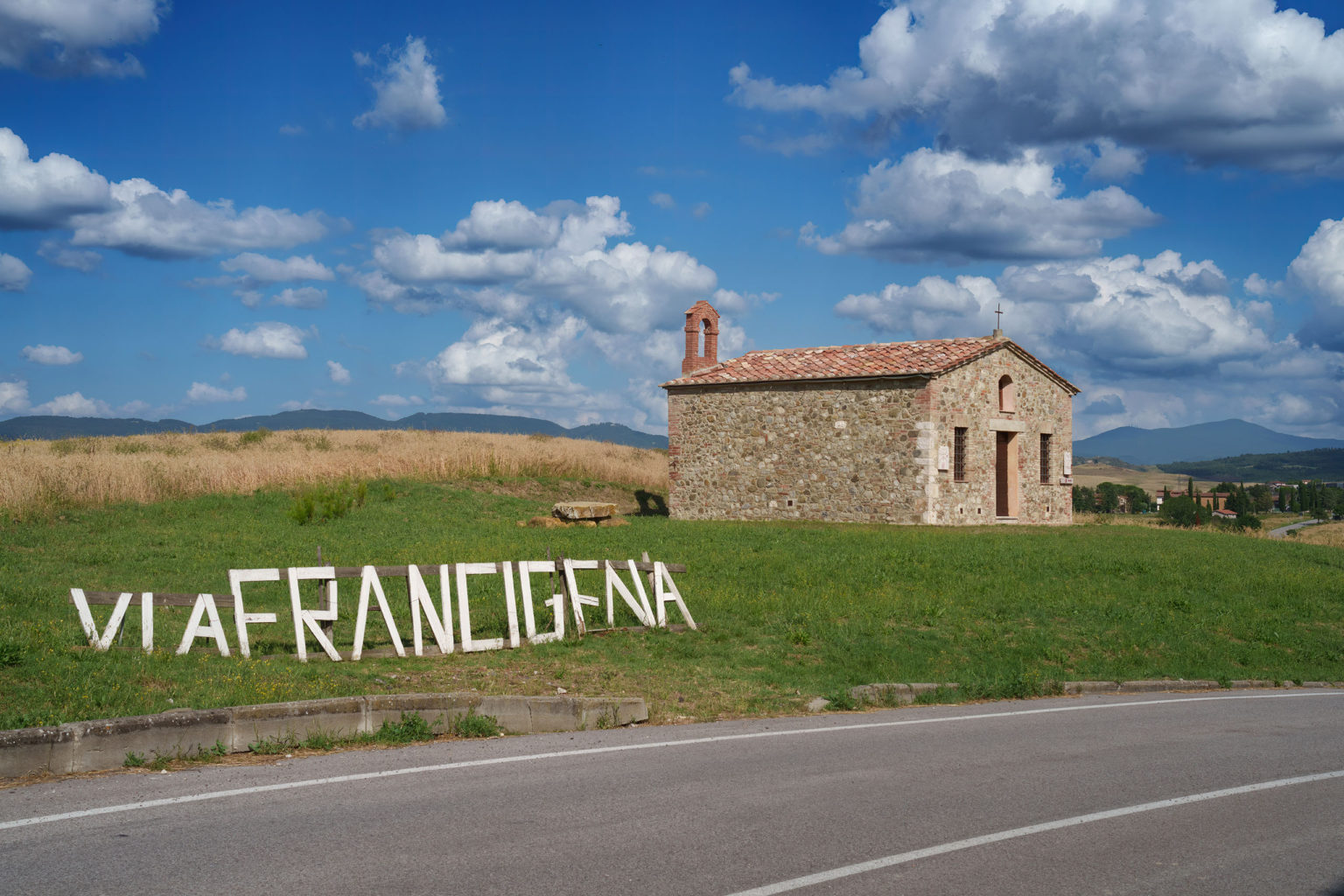
Are you looking for a reliable GPX track to follow the Via Francigena in France by bicycle? Then you’ve come to the right place!
© 2023 All Rights Reserved.